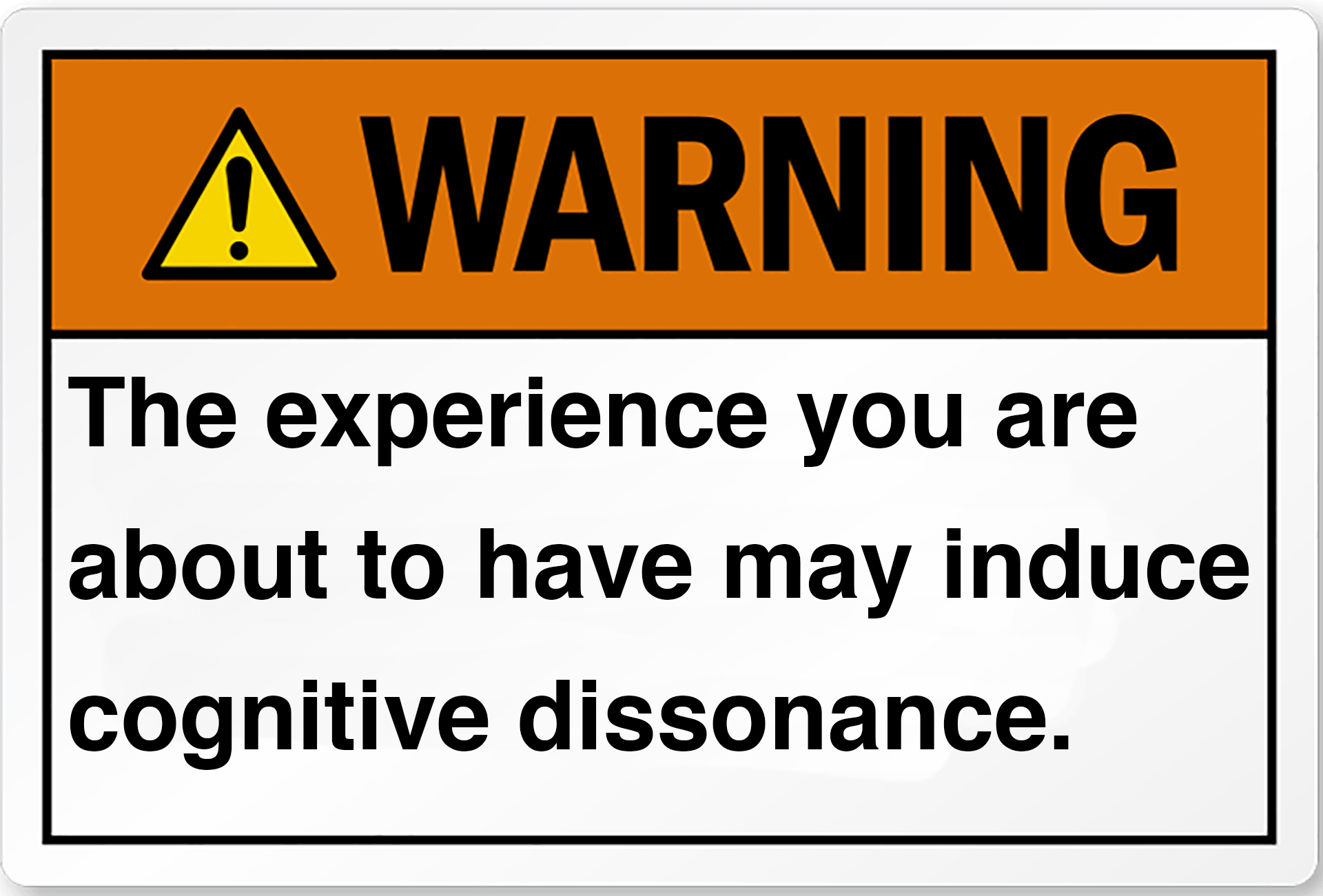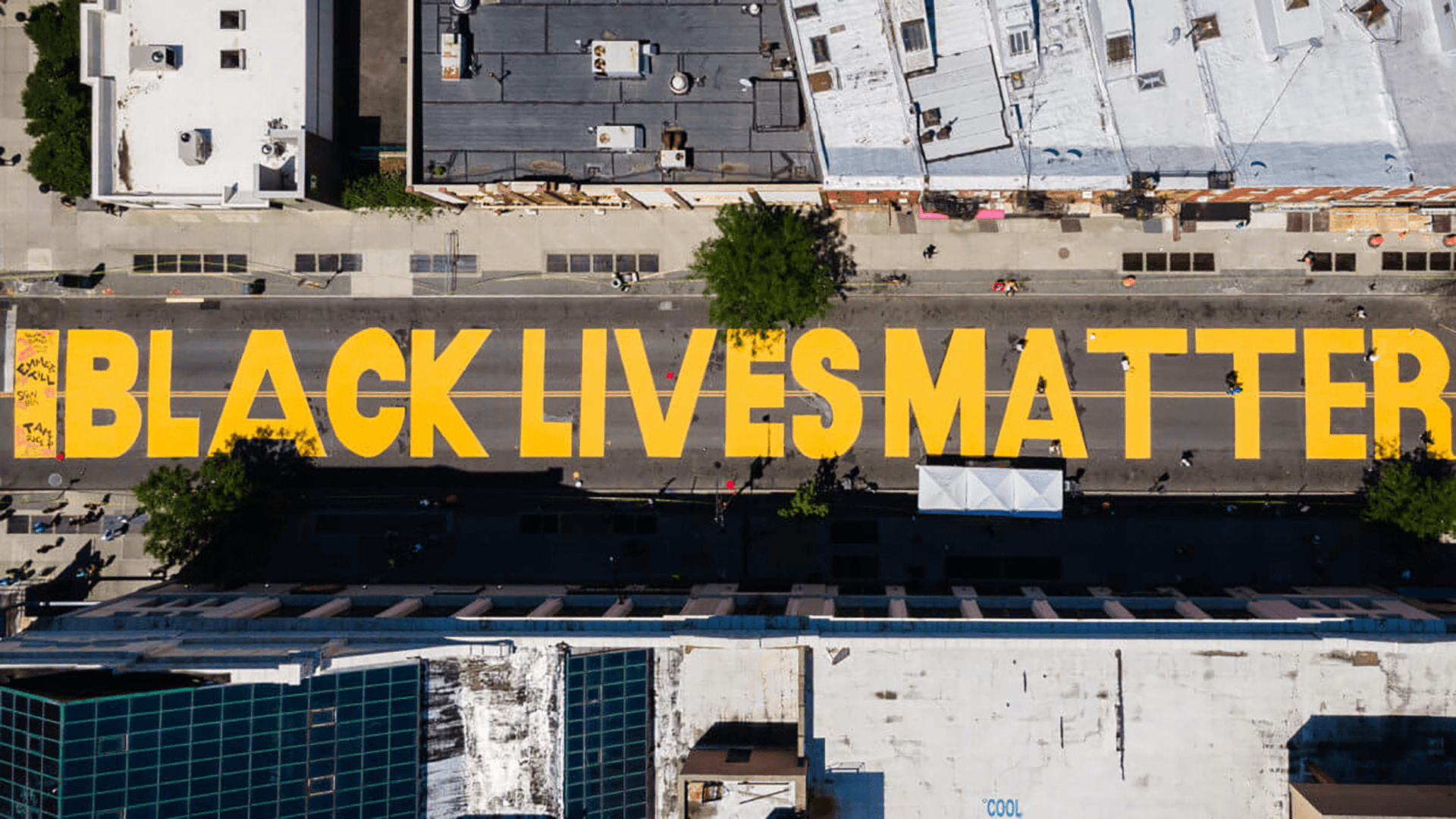Social Justice and Social Change
Welcome to the Social Justice and Social Change Interactive Experience.
 1) Turn on your speakers.
1) Turn on your speakers.
2) Choose your path.
About the Interactive Experience
The social justice and social change interactive experience museum is an interactive audiovisual rhetorical argument for #BlackLivesMatter✊🏾 that employs digital media elements of both generative (Kirschenbaum, 2009) and participatory culture art (Dinkla, 1996) in this rhetorical interactive experience. If only we could walk a single day in another person’s shoes... We are all the sum of each of our own unique experiences and reality is a perception based upon one’s vantage point within one’s immediate cultural narratives (Nelson, 2003, p. 126) and awareness of the context. Just because you may not have personally killed anyone does not mean killers do not exist. By the same token stereotypes, hegemonic marginalizing tropes, systemic racism, and systemic injustice exist whether or not you are an active participant, unwilling beneficiary, or injustice-denier. Systemic racism and injustice are pervasive and permeate throughout society. Be an ally for social justice and social change. Be the change #BlackLivesMatter✊🏾.
The mundane and tone-deaf interactions with which the audience must engage during each social justice and social change interactive experience are encoded to replicate inequities placed upon the value of lives of people of color while inducing evocative messages in the mind of the audience that might be decoded (Hall, 2012, p. 165) as a counterpublic within the audience’s cultural narrative (Nelson, 2003, p. 126). As a computational rhetorical message, the social justice and social change interactive experience museum utilizes procedural rhetoric (Bogost, 2010, p. 2) to reframe concepts in a new light through the interactive experience which may have been previously encoded/decoded (Hall, 2012, p. 165) much differently in the past based upon the audience’s cultural narrative (Nelson, 2003, p. 126).
Narrative can inform, influence, and impact how reality is cognitively perceived and engaged with in the domains of the mind (Bruner, 1991, pp. 16–18). Digital media allows a digital activist’s message to inhabit the 4E approach to embodiment which postulates that cognition is embodied, extended, embodied, and enacted (Jäger et al., 2016, p. 187). The computational procedural rhetoric (Bogost, 2010, p. 2) and audiovisual semiotics, rhetoric and narrative affordances (Gibson, 2014, p. 223) of digital media which provide the agency for the extended embodiment (Foglia & Wilson, 2013, p. 320) of the digital activist. This social justice and social change interactive experience museum juxtaposes the triviality and wanton indifference of hegemonic positions in life and death situations for marginalized groups through audiovisual semiotics, rhetoric and narrative, as persuasive appeals (Mejía & Longo, 2017, pp. 54–55) for #BlackLivesMatter✊🏾 inspired social justice and social change.
References
Bogost, I. (2010). Persuasive Games: The Expressive Power of Videogames. MIT Press.
Dinkla, S. (1996). From Participation to Interaction: Toward the Origins of Interactive Art. Clicking I: Hot Links to a Digital Culture, 2(1), 279–290.
Foglia, L., & Wilson, R. A. (2013). Embodied cognition. Wiley Interdisciplinary Reviews: Cognitive Science, 4(3), 319–325.
Gibson, J. J. (2014). The Ecological Approach to Visual Perception: Classic Edition. Psychology Press.
Hall, S. (2012). Encoding/Decoding. In M. G. Durham & D. M. Kellner (Eds.), Media and Cultural Studies: Keyworks Second Edition, pp. 137–144). Wiley-Blackwell.
Jäger, N., Schnädelbach, H., & Hale, J. (2016). Embodied interactions with adaptive architecture. In Architecture and Interaction (pp. 183–202). Springer.
Kirschenbaum, M. (2009, January 23). Hello Worlds [Blog]. The Chronicle of Higher Education.

